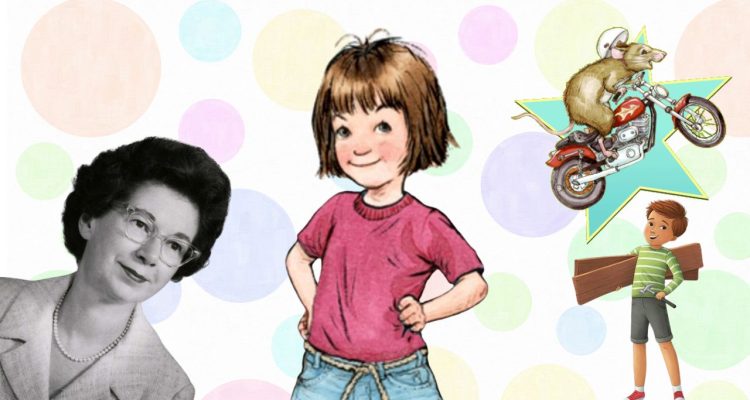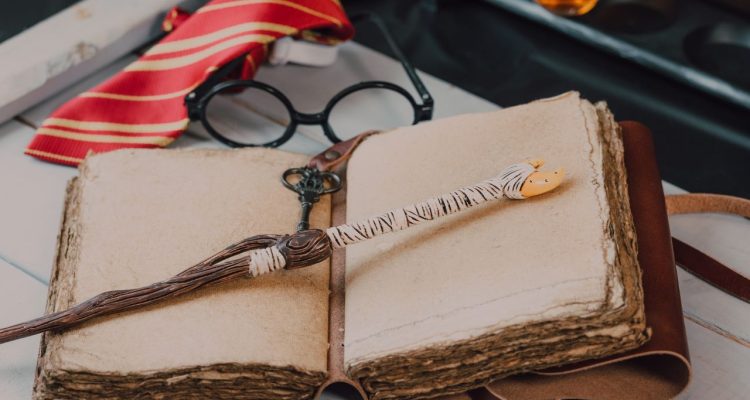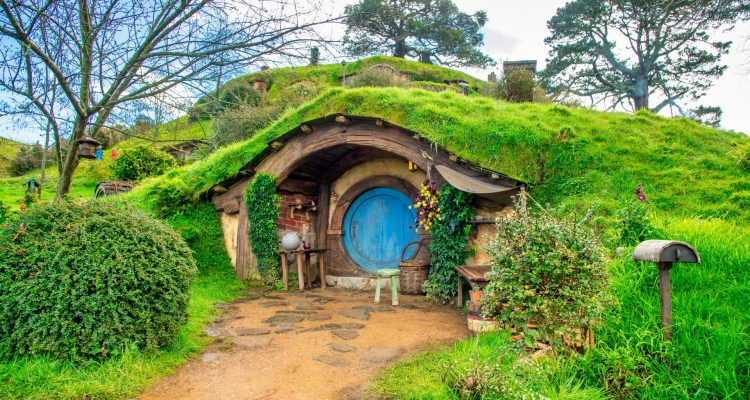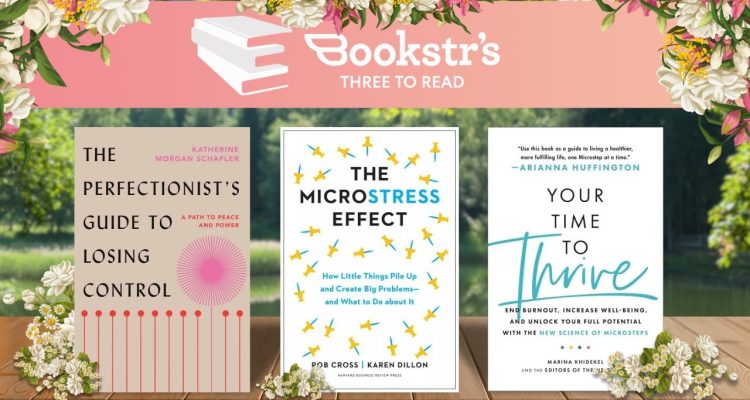The highly anticipated television adaptation The Last of Us finally arrived for fans and newcomers to sink their teeth into. Despite initial skepticism about the series’ quality and faithfulness to the source material, the show has broken HBO Max viewership records each subsequent week since the premiere just weeks ago. Critics lauded almost every aspect of the production and fans of the series seem to agree wholeheartedly. Pedro Pascal and Bella Ramsey far exceeded expectations as Joel and Ellie on their perilous journey across the ruins of America. Tragedy and heartache as well as finding love in the direst circumstances are series staples that the show thankfully doesn’t hold back from. As a fan of the original video game, these first outings thus far have either slight or major deviations from the original. Adaptation typically means a ton of details or entire story arcs need editing to fit the medium the project is attached to for better or worse. This arduous task usually culminates in fandoms waging war on the writing staff for sullying the original work. The Last of Us somehow managed to change elements of the original and please just about everyone watching. Today we are going to look back at these few episodes and see what parts were tinkered with and why it works where other adaptations fall.
Episode 1

The show immediately begins on a different foot than the game where instead of following Joel and his family before the fungal outbreak we kick off with a talk show segment in 1968. The host sits across from two epidemiologists who briefly explain how resilient humans are at fighting off viruses since men of their ilk can find cures in due time. The host then asks if any virus exists that could potentially beat humanity to which one of the scientists gives a harrowing answer. The crowd falls silent when the man explains that certain fungi could evolve from brutally zombifying ants to doing the same in humans. He then goes into gross detail about how from patient zero to the worst of the pandemic could undeniably spell the end of the world. The crowd and host are shocked into silence as the camera fades into Joel’s story.
This opening works because of the precedents being set. The audience is given the raw details on the eventual apocalypse bring as the light segment is turned into a spoonfeeding of the horrors to come. This new scene perfectly encapsulates the harsh reality of the fungal infection without even showing an inkling of it. A man speaks simply of the end of the world but his words only do the reality so much until we as the audience experience it for ourselves. This was masterfully done in under four minutes of dialogue and is the perfect setup to engage the viewers. The episode from this point is practically the same as the game which itself was extremely cinematic and only seems to credit the talk show scene that much more. From the heartbreaking death of Joel’s daughter Sarah to being paired with Ellie to the beginning of their journey together the show knew when to balance the old with the new.
Episode 2

The second outing is fairly faithful to the original game except for the opening scene and one other element at the end. We begin in Indonesia before the outbreak rather than starting with Joel, Tess, and Ellie traversing the ruins of Boston. Here a government scientist is asked to perform an autopsy on a patient infected with cordyceps. The scientist concludes that after examining the body the only course of action for containment is to bomb everything in the city and outside it to save everyone. The scientist then tearfully asks to be taken to her family. Once more in the opening scene, we’re introduced to the dreariness of the infected and the sense of doom that hangs over everyone. On top of setting the tone of the series further we’re given an up close and disturbing view of the anatomy of the cordyceps-infected people.
The episode continues on track with the trio making their way through the wasteland of Boston. As they fight off the infected in some of the most intense moments of the show thus far Ellie is bitten and remains immune proving her importance to the Fireflies. The group is briefly split up until they all reach the atrium of the museum they’ve been in eventually finding the fireflies all dead around them. After a short argument, Tess is revealed to have been bitten in a scuffle off-screen as she begs Joel to take Ellie the rest of the way. She plans to provide a distraction for the pair by attracting the infected to her before igniting the oil drums all around the room allowing the two to escape.
As far as accuracy is concerned the episode got just about everything right except for one major detail. In the game, Tess provides the same distraction from a band of raiders rather than the show’s horde of infected. While this choice was a bit confusing at first it was likely done to save the human element of the apocalypse for later in the series. After all the meat of Tess’ sacrifice isn’t in who she’s protecting Joel and Ellie from it’s her speech to Joel to save who he can in this hopeless world.
Episode 3

Thus far we’ve dealt with some changes that only serve to set the stakes for the story. The new scenes were added to establish world-building in the vast plot of The Last of Us but episode three was the game changer that helped make this adaptation one of a kind from the original game. It couldn’t be more different from the source material than the characterization of Bill and Frank, a survivalist couple and friends of Joel and Tess. The show goes in a completely different and welcoming direction with Bill and Frank being in a romantic relationship with one another. It starts with Bill refining his skills by making his house and environment self-sustaining while stocking up on guns and traps. One lonely afternoon Frank falls into one of Bill’s pits before being rescued and fed. From their first meal together begins a beautifully tragic story of Bill and Frank’s twenty-year relationship together where the couple has their highs and lows but loves each other despite the world around them. They even make contact and trade with Joel and Tess for some years before growing old together. Eventually, a dying Frank asks Bill for one more day together before a final meal consisting of a poisoned wine to put Frank at ease. A heartbroken Bill does everything his partner asks to the last detail except for one thing. Bill laced his wine with poison as well to die by his soulmate’s side. We then go back to the present with Joel and Ellie discovering a letter from Bill explaining everything and offering anything he has left to Joel.
In the game, Bill is still the same paranoid survivalist but briefly helps the pair on their way to Tommy’s outpost. Frank is nowhere to be seen having had a falling out with Bill years prior. Canonically, Bill is alive in the game and provides supplies and humor before parting ways with Joel and Ellie. The tv show gave us a deeper and more romantic look into the character of Bill and Frank by presenting their story in a nigh short film format as opposed to dialogue in the game. Neil Druckmann and Craig Mazin took a simple character and made him the reason to tune into this apocalyptic drama by showing that even in a world as dower as The Last of Us love can be had as well as a complete life together. Not only does this make for an amazing episode but furthers the story elements at play between our two leads.
Adaptation is always going to be a tough task but one element remained consistent with each of these differing scenes: it always directly or indirectly served the main plot. In the game, the player would typically be engrossed in the world by interacting with in gameplay but something else had to replace that for this adaption. That world-building element was naturally brought out in these added scenes that fill the void of setting and tone for The Last of Us. Each deviation never detracted from the plot of Joel taking Ellie to the fireflies. They all served as pivots in the plot and world fans both old and new will eventually find themselves engrossed in the coming weeks.















